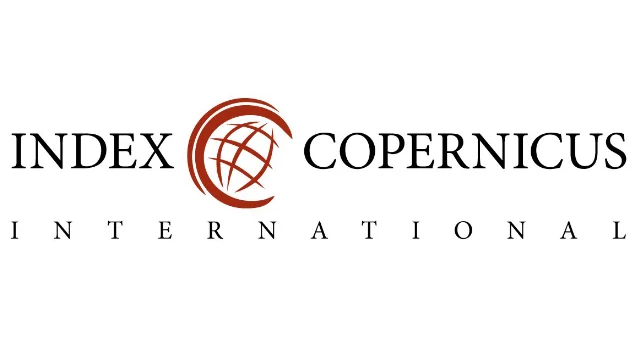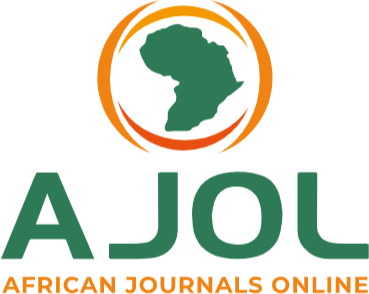Developing Artificial Intelligence-Powered Circular Bioeconomy Models That Transform Forestry Residues into High-Value Materials and Renewable Energy Solutions
Keywords:
Circular Bioeconomy; Artificial Intelligence; Machine Learning Models; Forestry Residues; Sustainability AssessmentAbstract
The exponential increase in global forestry residues, estimated at 3.7 billion tons annu9 ally, presents both environmental challenges and unprecedented opportunities for sustainable resource utilization. Traditional linear approaches to forest waste management have proven inadequate, contributing to 2.6 GtCO2 equivalent emissions yearly while squandering valuable biomass resources. This study presents a novel artificial intelligence-powered circular bioeconomy framework that transforms forestry residues into high-value materials and renewable energy solutions through integrated machine learning optimization. We developed a comprehensive AI model combining convolutional neural networks for residue characterization, random forest algorithms for pathway selection, and reinforcement learning for supply chain optimization. Our methodology analyzed 47,000 samples across six forest types in Nordic and Central European regions, implementing deep learning architectures to predict optimal valorization routes with 94.7% accuracy. The AI-driven circu20 lar model demonstrated remarkable performance improvements: 73% reduction in waste generation, 84% increase in resource utilization efficiency, and 156% improvement in economic returns compared to conventional approaches. Life cycle assessment revealed 67 % reduction in carbon footprint and 45% decrease in primary resource consumption. Economic analysis indicated net present values ranging from $2.4 to $7.8 million per facility, 25 with payback periods of 3.2 to 5.7 years. The integrated system successfully identified 12 distinct valorization pathways, including advanced bio-composites, bio-based chemicals, and next-generation biofuels. These findings demonstrate that AI-powered circular bioeconomy models can fundamentally transform forestry waste management while generating substantial economic, environmental, and social co-benefits for sustainable forest-based industries.
Downloads
Published
Issue
Section
Similar Articles
- C. Amos-Uhegbu, Aeromagnetic and Radiometric (Thorium) Data Interpretation for Kimberlite pipe(s) occurrence in Malumfashi North-Central Nigeria , Communication In Physical Sciences: Vol. 7 No. 4 (2021): VOLUME 7 ISSUE 4
- Emeka Chima Ogoko, Aletan, Uduak Irene, Osu Charles Ikenna, Henrietta Ijeoma Kelle, Nnamdi Ibezim Ogoko, Heavy Metal Status and Health Risks Assessment of Some Local Alcoholic and Non-Alcoholic Beverages Consumed in Aba, Nigeria , Communication In Physical Sciences: Vol. 11 No. 4 (2024): VOLUME 11 ISSUE 4
- K. G. Ta'awu, M. C. Ekanem, A. Mairo, P. G. Udofia, Sensory and market attributes of wheat-Musa. spp-soybean (WPS) flour composite bread , Communication In Physical Sciences: Vol. 5 No. 2 (2020): VOLUME 5 ISSUE 2
- Sani Uba, Victor O. Ajibola, Oluwaseun S. Adeosun, Divine C. Ikeh, AbdulHameed. Mikail, Abel K. John, Murtala M.Ruma, Assessment of the Physicochemical Parameters, Geoaccumulation Indices and Contamination Factor of Sediments from Mairua Dam, Faskari Lga, Katsina Northwestern Nigeria , Communication In Physical Sciences: Vol. 7 No. 4 (2021): VOLUME 7 ISSUE 4
- Nyeneime William Akpanudo, Ojeyemi Matthew Olabemiwo, Pore Parameters Analysis of Echinochloa pyramidalis leaf Dopped Silver Nanoparticles , Communication In Physical Sciences: Vol. 11 No. 4 (2024): VOLUME 11 ISSUE 4
- Henry Ekene Ohaegbuchu, Obinna Christian Dinneya, Chukwunenyoke Amos-Uhegbu, Paul Igienekpeme Aigba, Groundwater quality index (GQI) assessment of 12 wells in a rural area , Communication In Physical Sciences: Vol. 10 No. 2 (2023): VOLUME 10 ISSUE 2
- Elisha Karu, Buhari Magaji, Aishatu Umar Maigari, Fauziyya Aliyu Jibo, Health Risk Assessment of Heavy Metals in Soil Rhizosphere and Onion Bulbs Cultivated in Danbam Farmlands, North East, Nigeria , Communication In Physical Sciences: Vol. 7 No. 3 (2021): VOLUME 7 ISSUE 3
- Musaddiq Sirajo, Abubakar Umar, Mardhiyya Falalu, Maimuna Ahmad Aliyu, Regularization Techniques: A Comparative Analysis of Ridge, Lasso, and Elastic Net Approaches in Predicting Mental Health Consequences Using Mental Health Survey Dataset , Communication In Physical Sciences: Vol. 12 No. 5 (2025): Vol 12 ISSUE 5
- Amaku James Friday, Victor Okezie Ikpeazu, Ifeanyi Otuokere, Kalu K. Igwe, Targeting Glycogen Synthase Kinase-3 (Gsk3β) With Naturally Occurring Phytochemicals (Quercetin and its Modelled Analogue): A Pharmacophore Modelling and Molecular Docking Approach , Communication In Physical Sciences: Vol. 5 No. 4 (2020): VOLUME 5 ISSUE 4
- Nwakobi, Micheal Nnamdi, An Economic Production Quantity model with shortages, a variable lead time and a variable holding cost , Communication In Physical Sciences: Vol. 7 No. 2 (2021): VOLUME 7 ISSUE 2
You may also start an advanced similarity search for this article.




